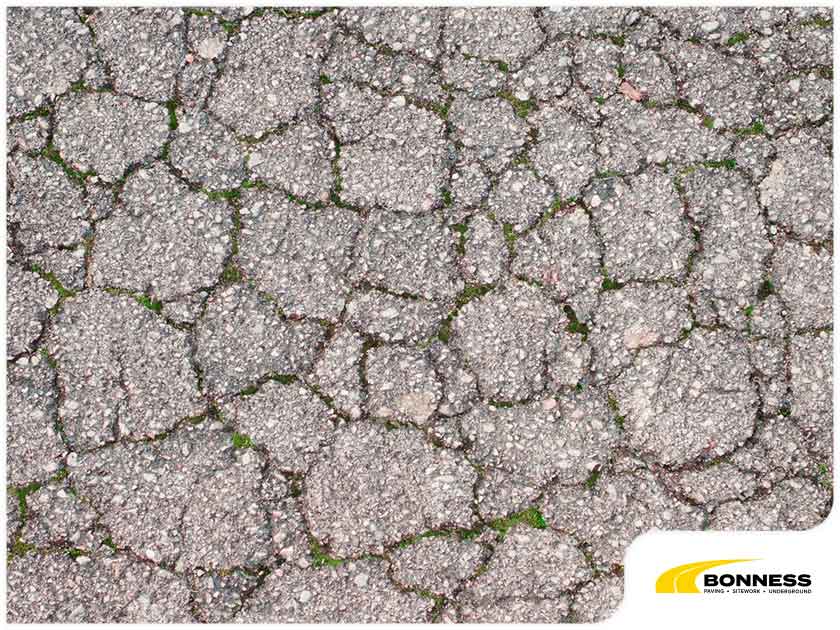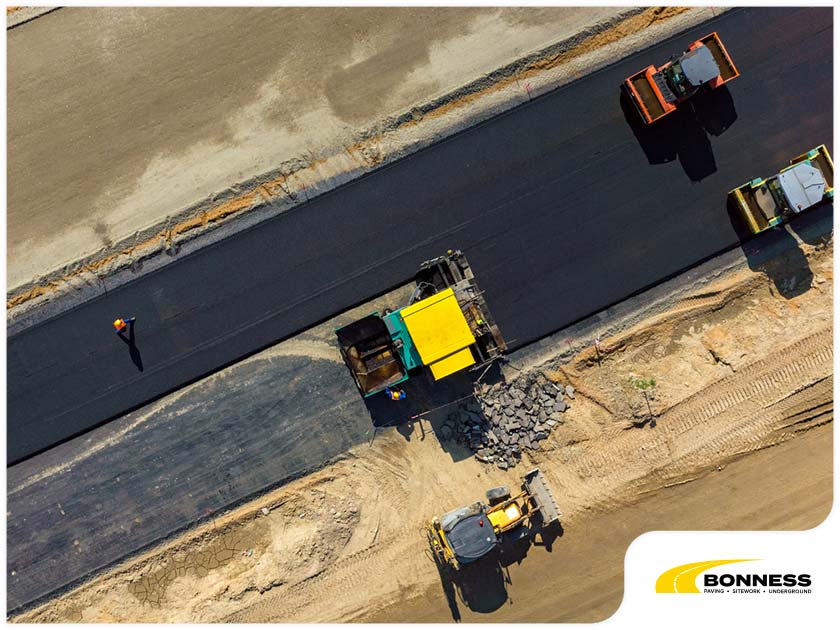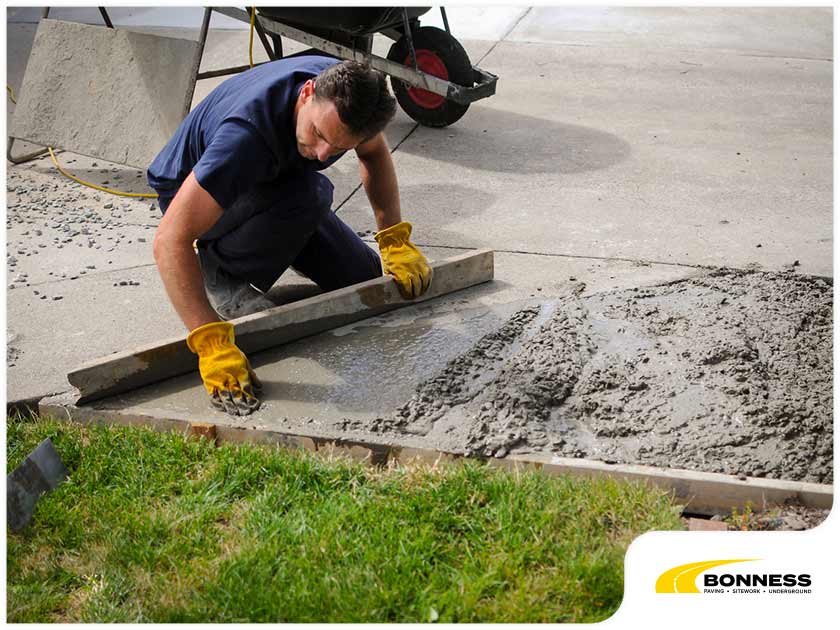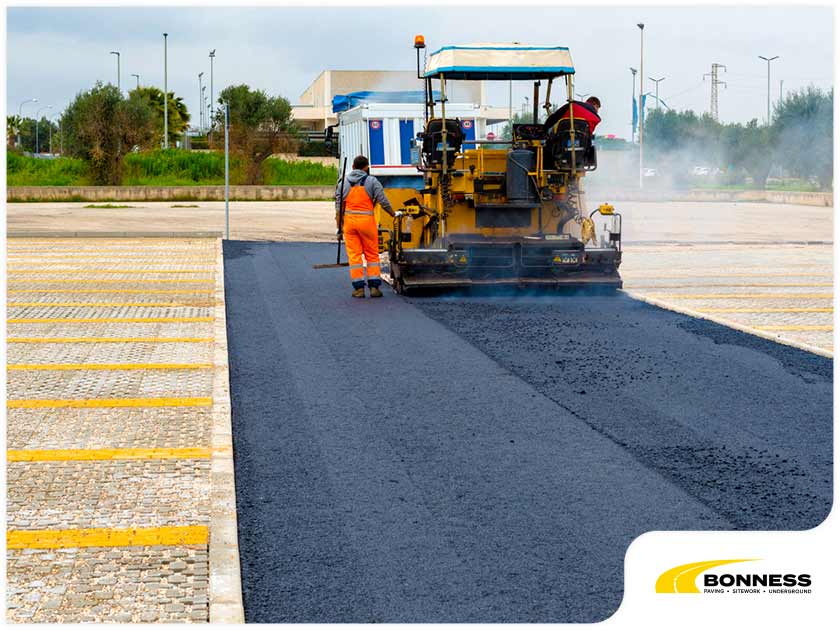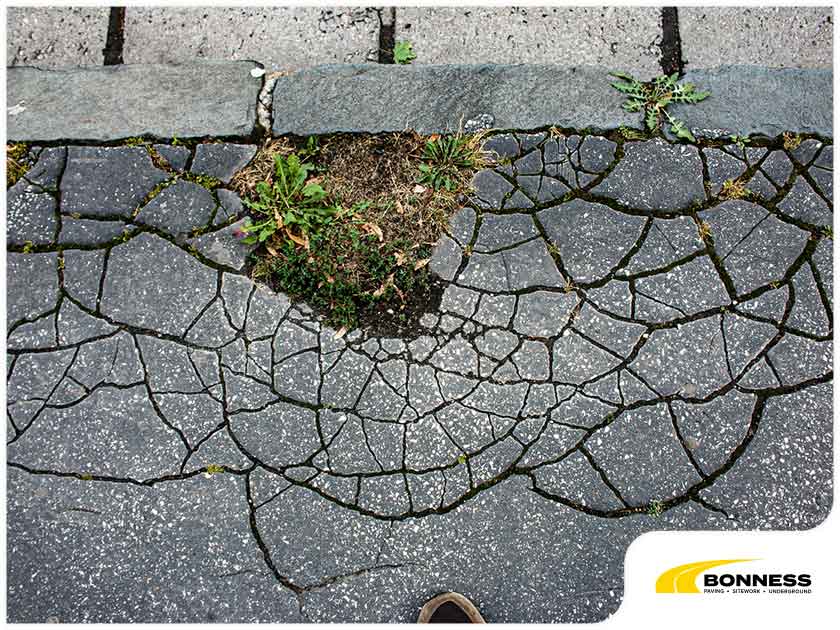
Asphalt is a superior and versatile paving material for constructing and maintaining roads, parking areas, sidewalks and more. Made up of aggregate, sand and other reinforcing additives, asphalt pavement has been widely used for its excellent performance and skid resistance. However, factors like weather conditions and wear and tear can cause asphalt damage to rapidly deteriorate. Here, we discuss three types of asphalt pavement damage.

